
Reading Tip: This article is about 4600 words, it is recommended to collect it for later reading!
Short circuits, leakage currents, and illegal charging of electric bicycles can easily lead to tripping, fires, and other safety accidents. Therefore, Yu Wuqiang, Ma Xiao, Wang Zhimin, Yang Hongxiang, and Su Zhicheng from the Lijiang Power Supply Bureau of Yunnan Electric Power Company designed a non-intrusive intelligent safety electricity monitoring terminal in the 2024 issue 5 of “Electrical Technology”. The design employs precision resistive voltage division and high-precision zero magnetic flux current sensors to achieve the measurement of voltage and current analog signals, retaining high-order harmonic characteristics through 10kHz high-frequency sampling. By utilizing dual-core Cortex-A9 ARM and Xilinx Artix7 FPGA as the information processing unit, it can simultaneously handle six channels of high-frequency sampling signals. This study investigates the abnormal electricity characteristics of short circuits, leakage currents, and illegal charging of electric bicycles, developing non-intrusive abnormal electricity identification software based on convolutional neural network models. Tests show that the designed intelligent safety electricity monitoring terminal can accurately identify the aforementioned typical abnormal electricity events.
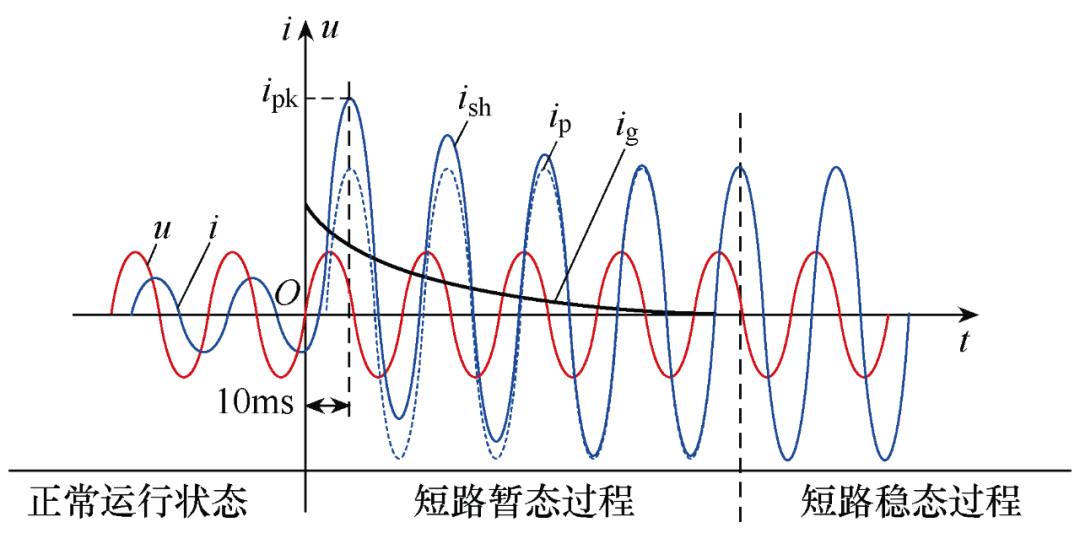
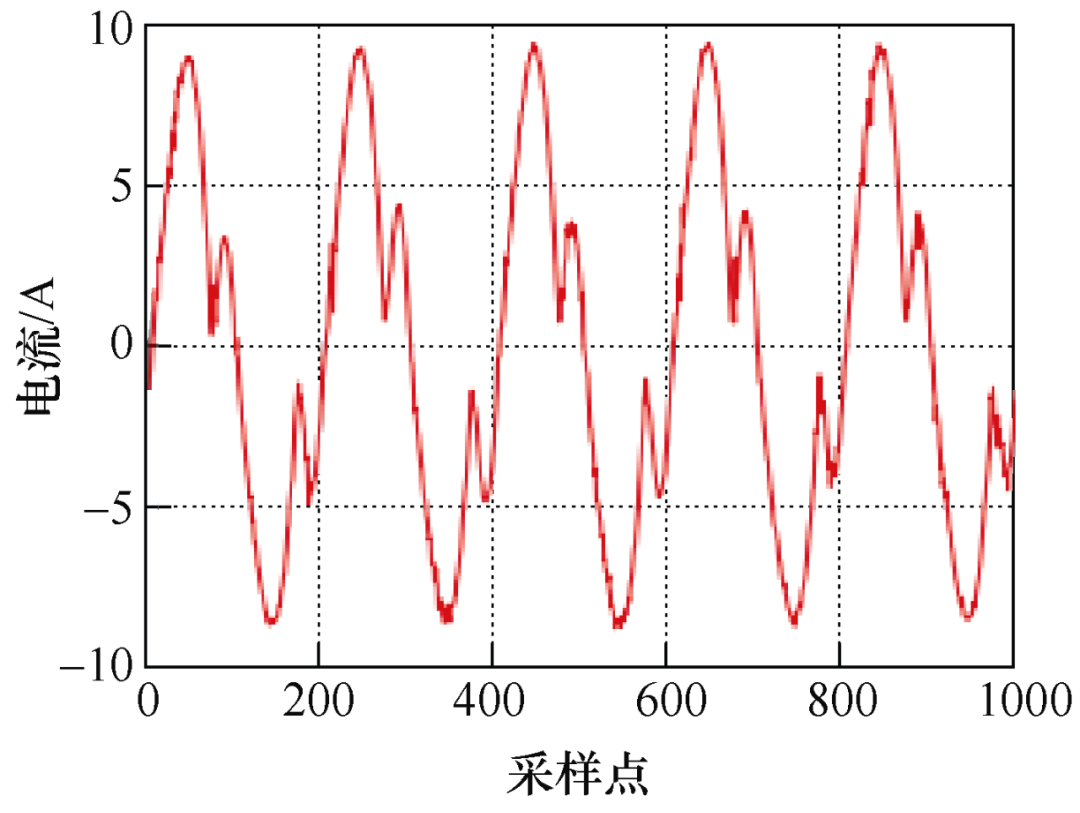
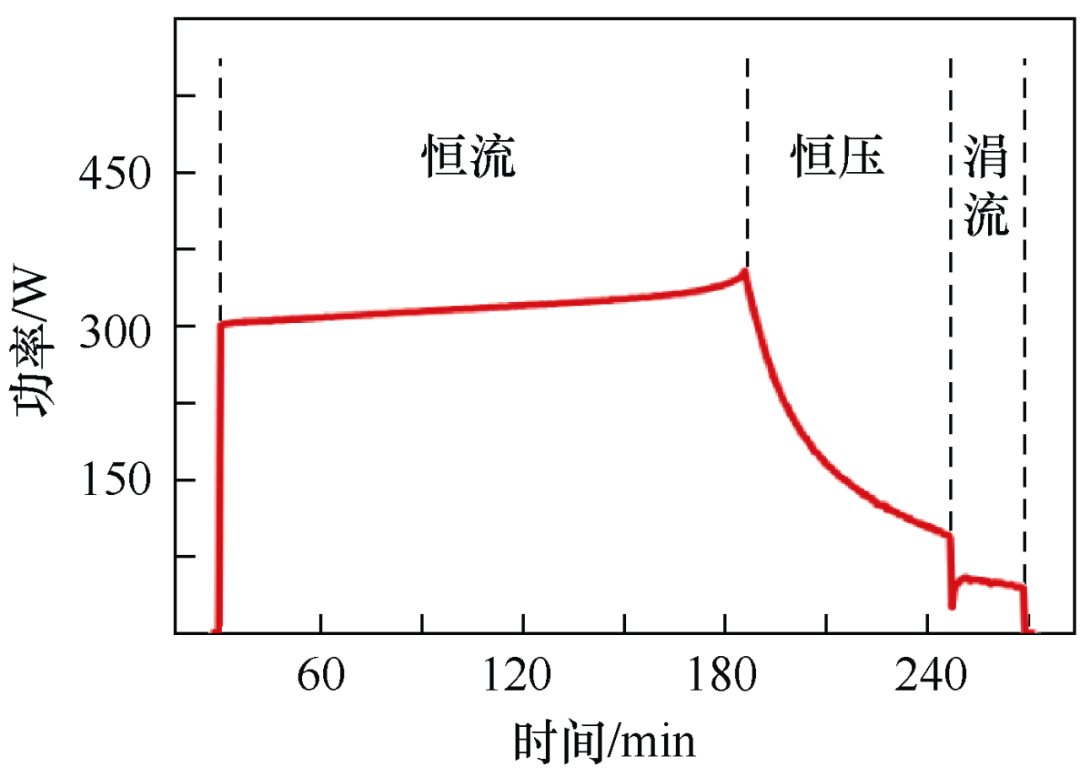
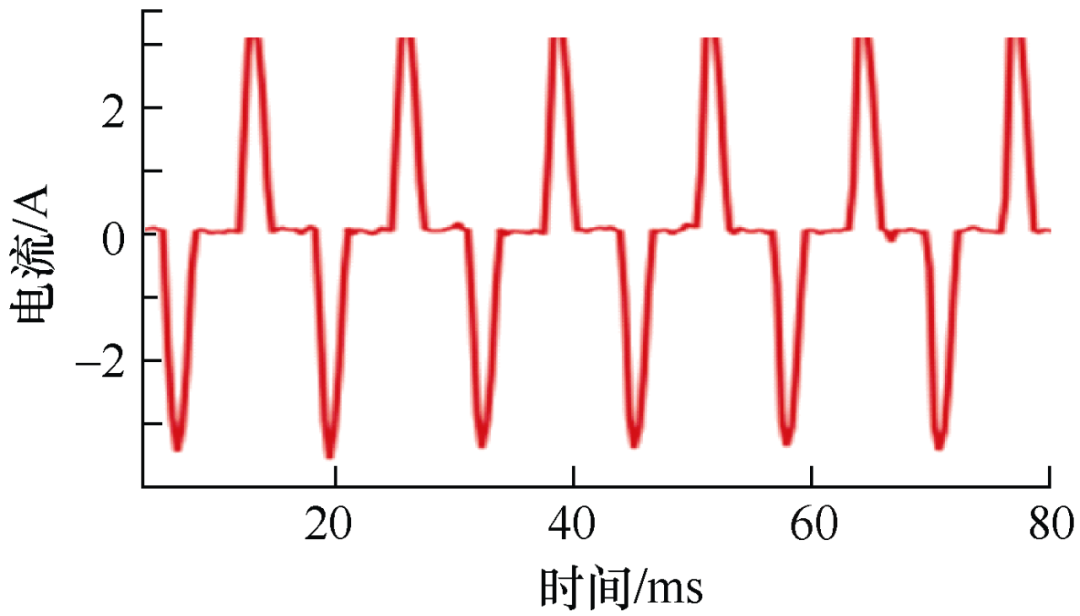

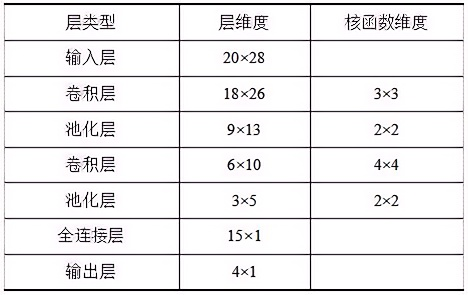
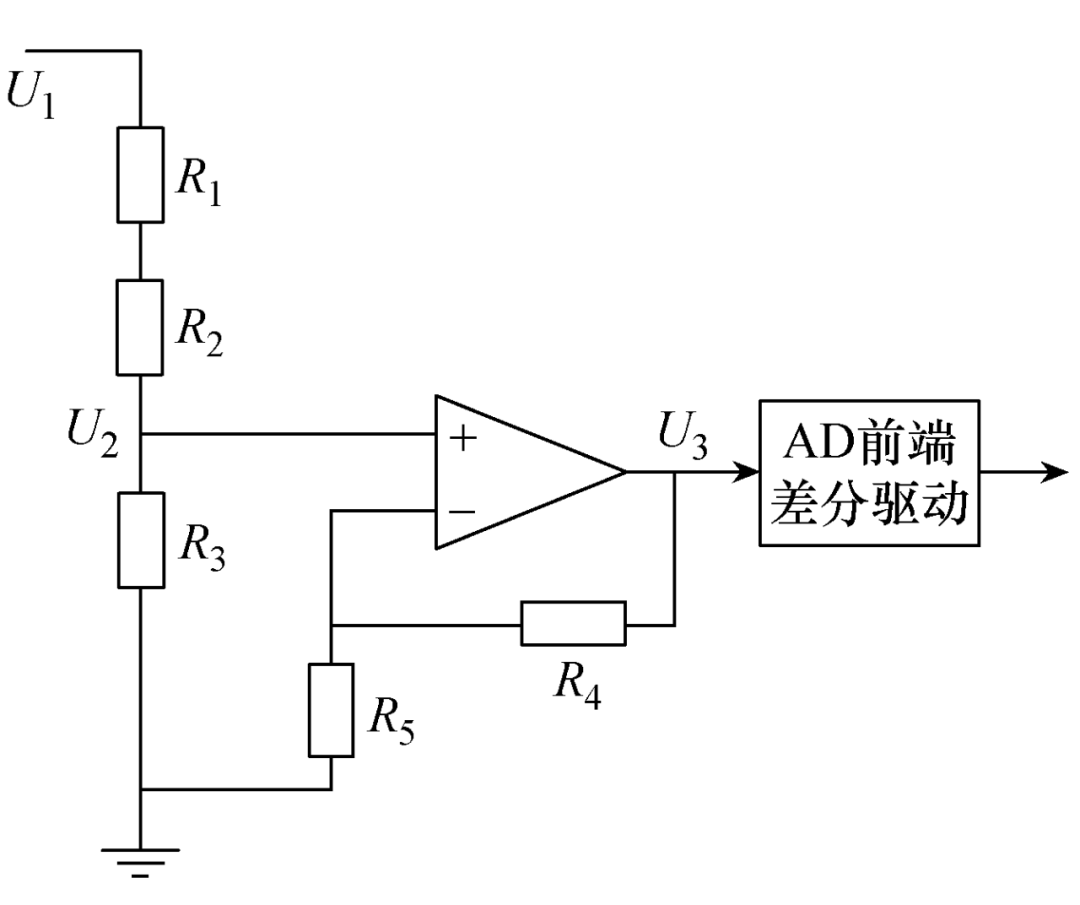


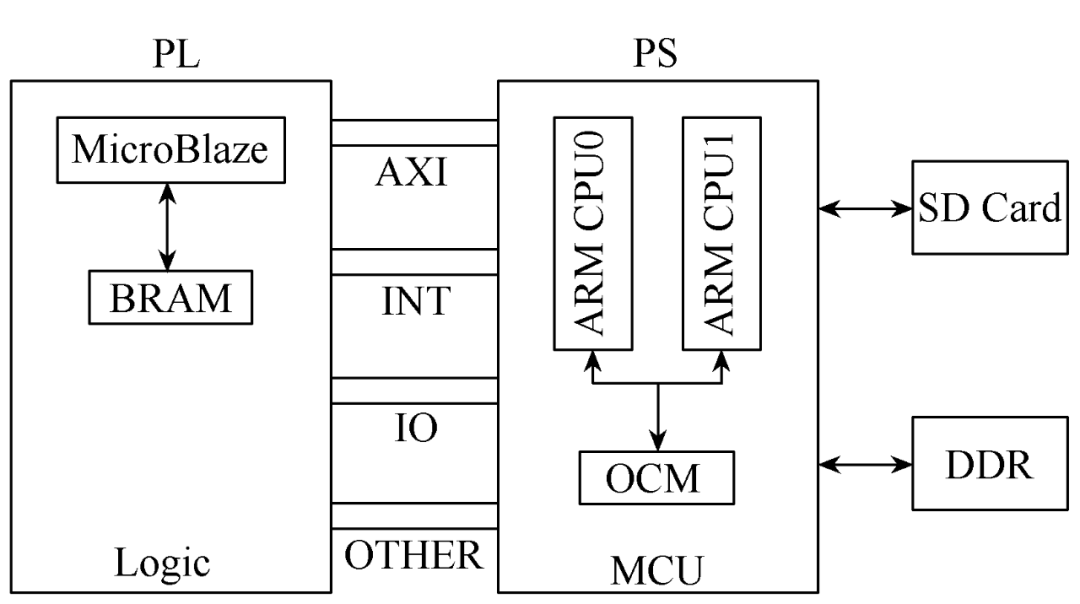
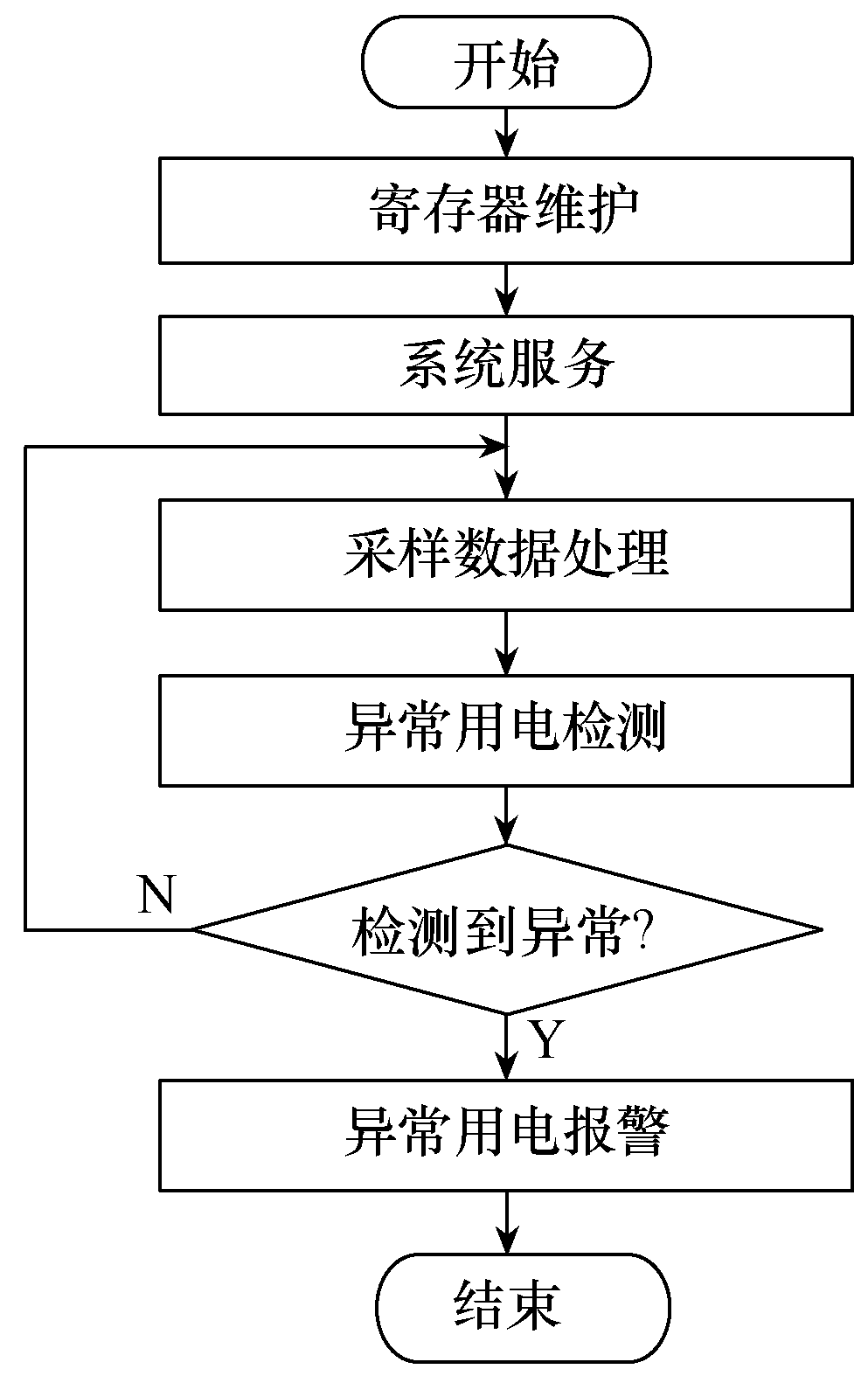

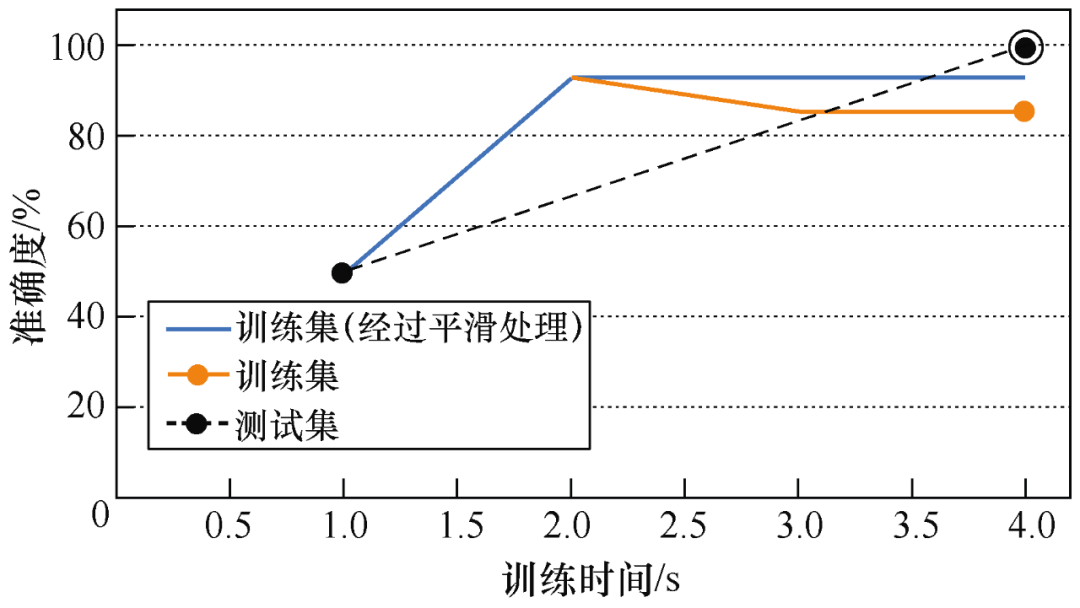

This work was published in the 2024 issue 5 of “Electrical Technology”, with the paper titled “Design of Non-Intrusive Intelligent Safety Electricity Monitoring Terminal”. This project is supported by the Science and Technology Project of China Southern Power Grid Co., Ltd.
🔗 Sneak Peek|Table of Contents and Abstracts of “Electrical Technology” 2024 Issue 5
🔗 Sneak Peek|Table of Contents and Abstracts of “Journal of Electrical Engineering” 2024 Issue 13
🔗 The National Energy Administration issues the “Action Implementation Plan for High-Quality Development of Distribution Networks (2024-2027)”
🔗 The Central Committee of the Communist Party of China and the State Council issue important documents! Accelerate the construction of a new power system
🔗 Three departments issue an action plan to further strengthen the construction of carbon peak and carbon neutrality standard measurement system
🔗 Le Shan La De Electric Network Automation Co., Ltd. Zuo Tao, Liu Jiantao, et al.: Key Technologies for Energy Saving and Environmental Protection of Non-Metallic Modular Prefabricated Substations



Official WeChat of the Society
Journal of Electrical Engineering
CES Electricity



Official B station of the Society
CES TEMS
Today’s Headlines



Society’s Popular Science WeChat
Sina Weibo
Douyin Account
Contact Us
☎️ “Journal of Electrical Engineering”: 010-63256949/6981; Email: [email protected]
☎️ “Electrical Technology”: 010-63256943; Email: [email protected]
☎️ “Journal of Electrical Engineering and Systems (English)”: Phone: 010-63256823; Email: [email protected]
☎️ Editorial Office: 010-63256994
☎️ Subscription: 010-63256817
☎️ Business Cooperation: 010-63256867/6838